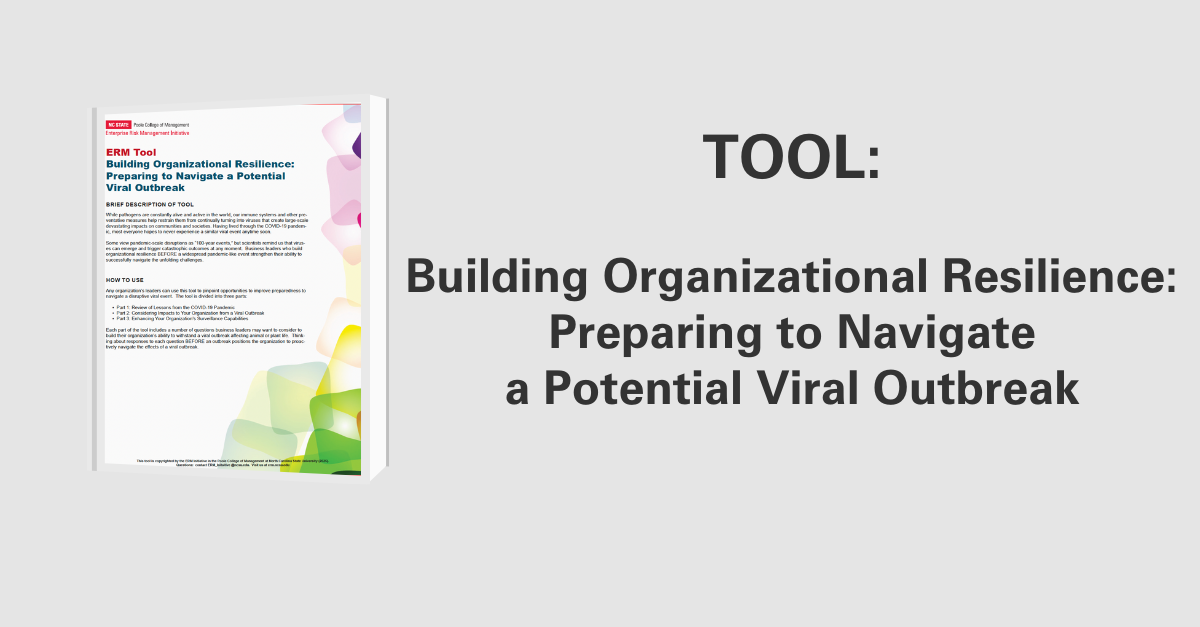Limitations of Traditional Risk Models in Forecasting Risk
This paper, authored by Paul D. Kaplan, notes how the 2008-2009 economic crisis has upset many common assumptions about the global financial system and shaken investor confidence. While there are unique aspects to this crisis, it is important to understand that severe economic crises in general are not rare events. There have been eight peak-to-trough declines in the S&P 500 of over 20% since the mid-1920s. Traditional methods of modeling risk often fail to reflect the frequency of declines and when these declines will occur. It is important for investors to rely on more than the output from traditional risk models in assessing the potential risk associated with investments.
Traditional Risk Modeling
Although these large declines happen every decade on average, standard risk models do not assign a significant probability that these events will occur. Standard risk modeling uses standard deviation as a measure of risk, so models show that since 1926 a return more than three standard deviations below average should occur only one or two times. However, the stock market’s history shows these extreme negative events have occurred five to ten times more than predicted by the models.
Log-Stable Distributions
There is an alternative model approach developed by Benoit Mandelbrot in the 1960s that assigns nontrivial probabilities to large percentage changes. This model is described as a log-stable distribution in the article and it assigns probability to its tails in a manner very close to the “power law” so that as the magnitude of loss increases the probability of loss decreases gradually, giving the distribution fat tails.
While this model more accurately reflects stock market returns, it is very different from traditional risk modeling and is not widely used. Reasons for this likely include that the mathematics of the model are complicated, model variance is infinite making most portfolio theories and portfolio construction techniques invalid, and there is no one obvious way to estimate the parameters for these stable distributions.
Lessons for Advisors
Advisors should use this information to understand the limitations of standard risk measures and to understand what log-stable distributions say about risk. Advisors can benefit by thinking about a more complete risk model considering how likely declines are to occur, how long declines might last, and how large declines may be. Time horizon is an important component in a complete risk model because while standard risk models often show the risk of a severe decline over an extended period of time as negligible, the log-stable model indicates a 4% to 5% probability that the S&P 500 will lose 50% or more over extended time periods. This greater probability more accurately reflects the history of the stock market and is important to recognize in preparing for such a scenario.
The financial crisis has again shown that there is not one measure or model that can accurately account for or predict every significant market decline. However, these models can help provide investors with valuable information in deciding how to allocate portfolios and mitigate risk. Advisors should remind clients of the risks faced as investors and prepare them to take on the severe declines that will likely occur over an extended time horizon.
Failure to Forecast Risk
The markets were calm for a period before the current crisis causing a dulled perception of risk and leading many to invest aggressively. There has been increased talk about risk and risk-management techniques since volatility returned to the market. This is especially true because of the significant losses experienced in investments that were considered safe such as money-market funds and ultra-short bonds and in investments that supposedly had risk under control.
It was difficult for many to see the crisis looming because many of the most widely used risk measures, standard deviation, kurtosis, and Morningstar Risk, did not forecast the risks. Standard deviation captures the variability of an investment’s return around its average so as standard deviation increases risk of variability in returns increases. However, standard deviation does not give a clear measure of potential outliers, or extremes in returns. Kurtosis also captures the variability in an investment’s returns and it indicates whether there are extreme outliers. A positive kurtosis value indicates fat tails, or the presence of extreme outliers in the returns. Morningstar Risk is more broadly applicable than standard deviation or kurtosis because it is based on a more direct assessment of an investor’s risk tolerance derived from utility theory. Morningstar Risk assumes that investors are risk-averse, being more concerned with volatility when it’s bad, and so only penalizes downside risk.
While these risk measures did not forecast the risk, all reflected increased risk once the crisis had hit. However, standard deviation, the most frequently used risk measure, did not show as great of an increased risk. This is important because standard deviation is likely to understate the true downside of an investment.
Standard risk measures can allow for risky investments to escape detection. Therefore, investors should not rely solely on quantitative risk measures in making and monitoring investments. While kurtosis and Morningstar Risk may be more sensitive to damaging outliers than standard deviation, all of these measures are backward-looking. It is important for investors to remember this and appreciate the value of understanding what risks could materialize in the future.
Original Article Source: Paul D. Kaplan, “Déjà vu All Over Again,” and Arijit Dutta, “A Failure to Gauge Risk,” Cracking Risk, Morningstar Library Services 2009


